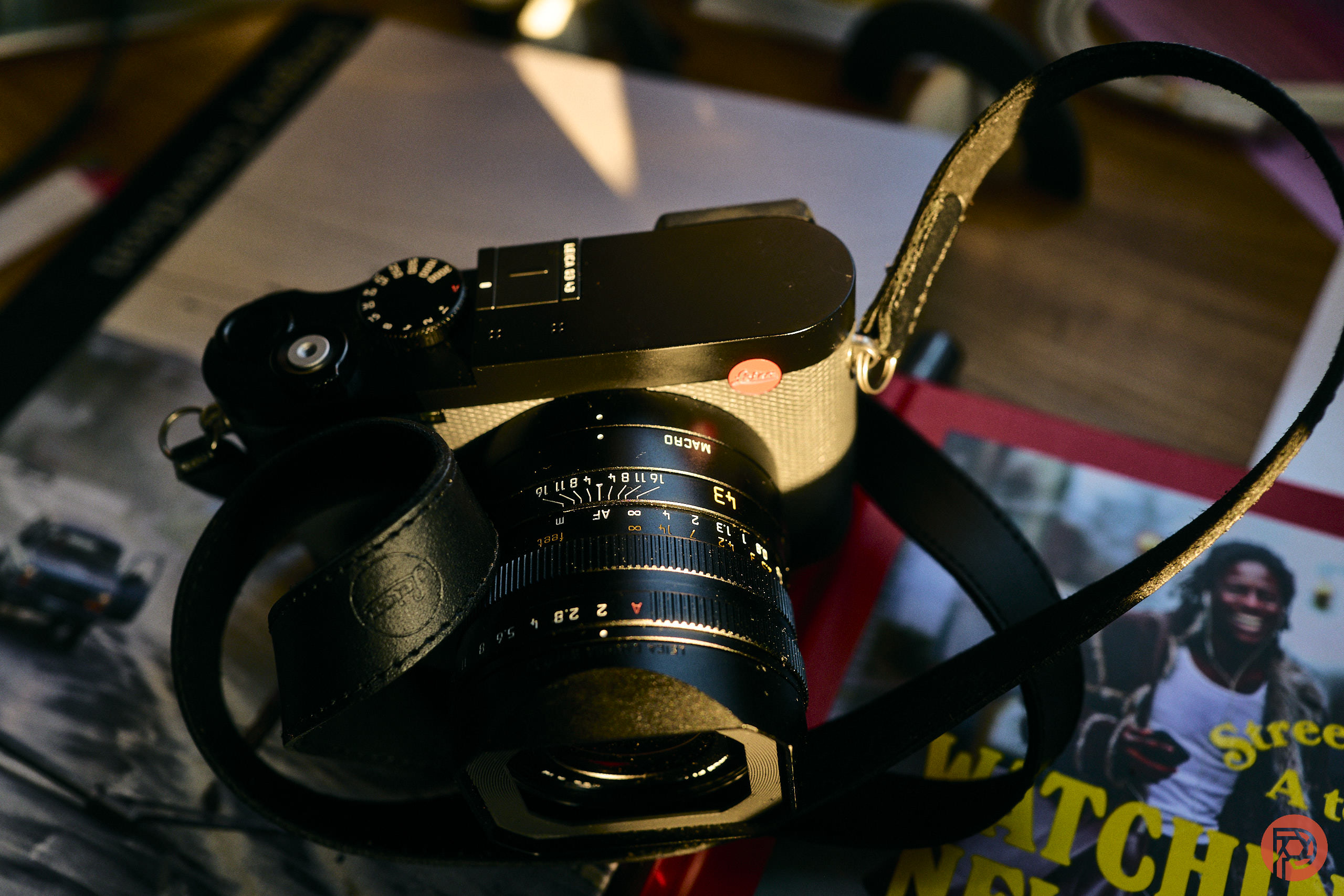
Many camera manufacturers have been offering significant upgrades to their existing lineup to improve their performance. This is also the case when it comes to rangefinder camera series, which continue to build on the legacy of their ancestors. So, today, we look at three companies that have the most diverse rangefinder camera series in their portfolio. These cameras are not just beautiful but also exceptional performers in various genres.
Fujifilm X100 Series
The Fujifilm X100 was a camera that changed the industry for the better. With each iteration, this rangefinder camera series improved, with the latest offerings being the best in class: The X100V and the X100VI.
The X100V was launched in 2020, with a 26MP sensor, 14-bit RAW, a 23mm f2 lens, and a 3-inch LCD. The X100VI, on the other hand, bumped up the sensor to 40MP X-Trans 5, added 6 stops of image stabilization, ISO up to 12,800, and better camera-to-cloud service. While the X100V offered 4K videos, the X100VI comes with 6K capture.
In terms of performance, the X100V offers beautiful images, has decent autofocus, good EVF and OVF quality, and feels great in hand. However, the camera’s battery life is bad, and the weather resistance is not as good. On the other hand, the X100VI has the same issues; the only difference is that X100VI has a better processor and video capabilities, which is why many people still choose it. If you are a photographer, then the X100V is a better option for you.
Sony A7C Series
Sony first introduced its rangefinder camera series, the a7C, back in 2020. It was only three years later, in 2023, that the company launched two iterations: The a7CR and the a7C II.
The a7CR is targeted at serious enthusiast photographers who need extra resolution. The camera offers a 61MP CMOS R full-frame sensor, 15+ stops of dynamic range, a dedicated AI processing unit, 693 autofocus points, 8fps of continuous shooting speed, and 4K sub-sampled video. On the other hand, the A7C II offers a 33MP full-frame sensor, features an AI unit, 759 autofocus points, and UHD 4K 30fps from 7K.
In terms of performance, we found the a7CR a bit slower. It does offer great images, high ISO output, better shutter sound, and compactness, but its EVF is slower, and the extra megapixel means that the camera will take time to work. The a7C II offers decent autofocus, fast animal and human eye detection, and images that don’t appear like they are shot on an entry-level camera. As we stated in our review: “And while the a7c II doesn’t deliver the near-perfect hit rate of Sony’s priciest sports models, it’s a pretty versatile camera to go from stationary portraits to action.”
Leica Q Series

Leica has some exceptional high-end rangefinder camera series in its portfolio. The Leica Q3 and Q3 43 both come from the Q lineup, which is a perfect full-frame point and shoot for professionals.
The Leica Q3 features a 60MP BSI-CMOS sensor, a 3-inch 1,843,200-dot LCD, and a 5,760,000-dot EVF. It has 315 autofocus points, ISO up to 100,000, and 8k 30p video recording. What makes the Q3 and Q3 43 different is the lens. The Q3 has the same 28mm f1.7 lens seen on Q1, while the Q3 43 has a 43mm Apochromatic Macro f2 lens.
As a result, the performance of both the Q3 and Q3 43 is almost the same, minus the range of view due to the lenses. Both cameras produce beautiful images, while each lens offers a distinct look and feel. The cameras also offer good macro capability, weather sealing, autofocus performance, and better design and controls. The only challenge is the price, menu that is not entirely touch friendly, and the single SD card.
Leica DLUX Series

Of all the Leica DLUX cameras we have used, the DLUX 8 was by far the best. The Four Thirds camera has a 17MP resolution, 398g of weight, no weather resistance, and a 3-inch LCD screen. It also comes with a 24-75mm f1.7-2.8 lens, a close focusing distance of 50cm, and 11 fps of continuous shooting. The camera offers good ergonomics, cleaner high ISO images, a good viewfinder, and a decent autofocus. “It’s kind of a Micro Four Thirds version of the Leica SL2s,” we said in our review. “This doesn’t mean that it’s a bad camera — indeed, it’s the only Four Thirds camera on the market with a leaf shutter built-in. That gives you lots of possibilities with Flash.” If you ever wanted to get a Leica, then the DLUX 8, even with a few quirks, is still one of the best options.

